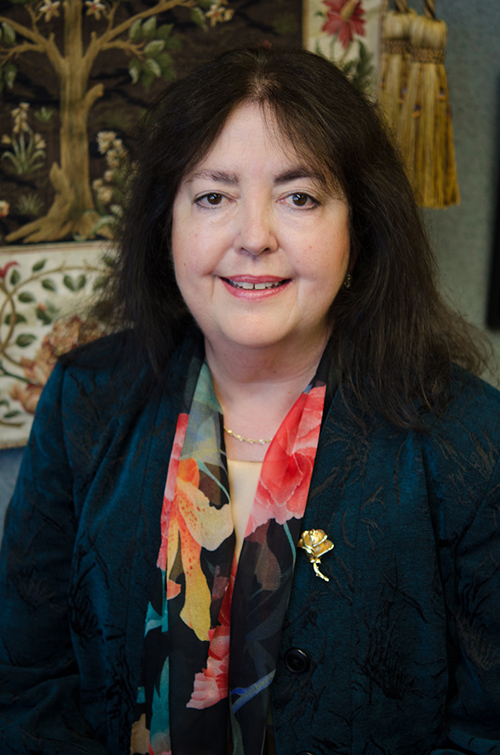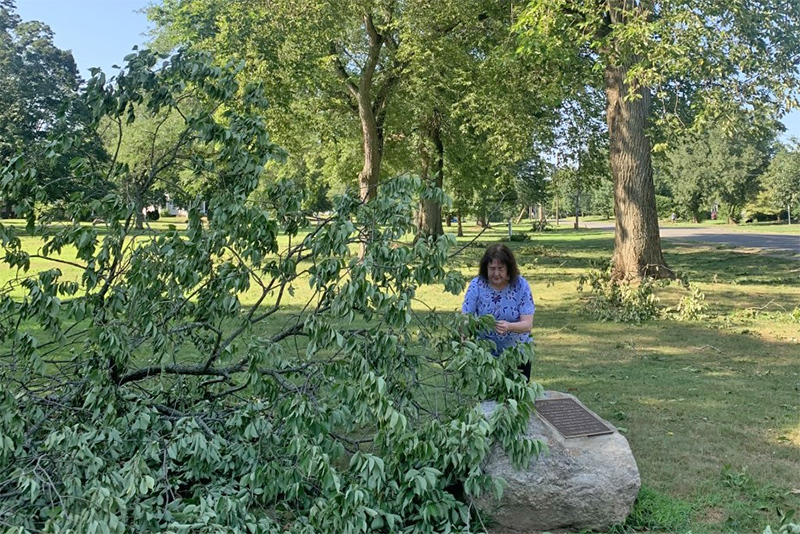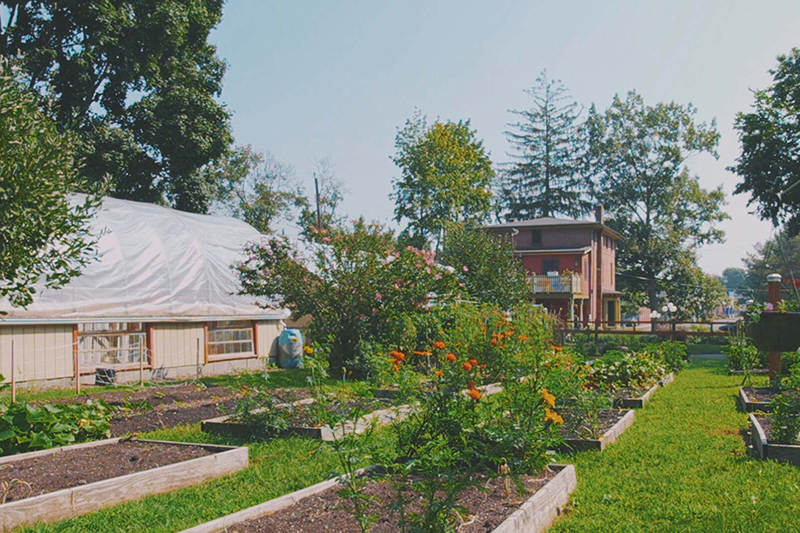- Apply
- Visit
- Request Info
- Give
Eastern’s Carmen Cid wins CT Science Center STEM Achievement Award
Written by Dwight Bachman
Published on August 13, 2020

The Connecticut Science Center has named Carmen Cid, dean of the School of Arts and Sciences at Eastern Connecticut State University, as recipient of its 2020 STEM Achievement Award. The center will honor Cid and her accomplishments at its virtual “Green Gala: Love Science” on Oct. 3. A special virtual VIP pre-event will take place prior to the gala program.
“This award recognizes you as a leader in your field, and as someone who advocates for the sciences and inspires engagement in STEM fields by bringing your work to new audiences,” wrote Matt Fleury, president and CEO of the center in a letter to Cid.
“The mission of the Connecticut Science Center is to inspire lifelong learning through innovative experiences that explore our changing world through science and to open science to a more diverse audience, engaging people from all social and cultural backgrounds,” added Fleury. “Thank you for your efforts to further STEM education, and in shaping the young minds and innovative leaders of today and tomorrow.”
"What impresses me most about Dr. Cid is her palpable energy and enduring commitment to advocating for the inclusiveness of women and communities of color in the environmental sciences, all while helping us to better understand our relationship to the natural world,” said Amy Sailor, advancement program manager at the Connecticut Science Center. “The scope of her work, combined with her willingness to collaborate, is exemplary on many levels. She is undeniably deserving of this award. We are proud and excited for her."
In September, Cid and her colleagues at the Science Center will produce a short video in Spanish at the Keney Park Urban Agriculture Education site in Hartford on the wonders and educational value of local park environmental programs. The video will also discuss ecology and encourage people of color to become more engaged and educated in the environmental fields.
Tropical Storm Isaias did significant damage to the Wethersfield Broad Street Green, a historical treasure of great importance in the Revolutionary War and New England history. After the storm, Cid examined the area and believes it offers an excellent view of the connection between the environment and the history of this important community gathering place.
“It is very connected to the reason for the award and the mission of the Connecticut Science Center,” said Cid. “Today, it serves as a major gathering place for recreation, inspiration and access to local fresh produce. The Great Elm, the largest elm tree recorded in America, was planted nearby in 1750 and survived 200 years at the site.”
The week of the storm ironically fell on the same week of the annual Ecological Society of America conference in Utah, held virtually this year. “I had a lot of work to do for it, mostly from my phone in my car — interviewing people on Zoom in my basement as the trees were coming down around us,” said Cid.
For decades, Cid has worked on improving career development opportunities for women and minorities in STEM. In 2017, she was elected a fellow by the Ecological Society of America (ESA), which represents more than 9,000 ecologists, for her leadership and contributions enhancing ecology education outreach to diverse audiences; recruitment and retention of women and minorities in ecology; and applying ecological principles to improve undergraduate liberal arts education.
Nationally, Cid helped develop the 2018 ESA-endorsed undergraduate ecology education curricular framework, which elevates all aspects of the human dimension, along with innovative data science methods, in the research and teaching of ecology. She is now working on connecting well-known local historical facts to the environmental data of local parks, to tell their meaningful environmental stories for science education outreach programs. She has also been involved in bilingual environmental education projects highlighting local forest and wetland sites.



